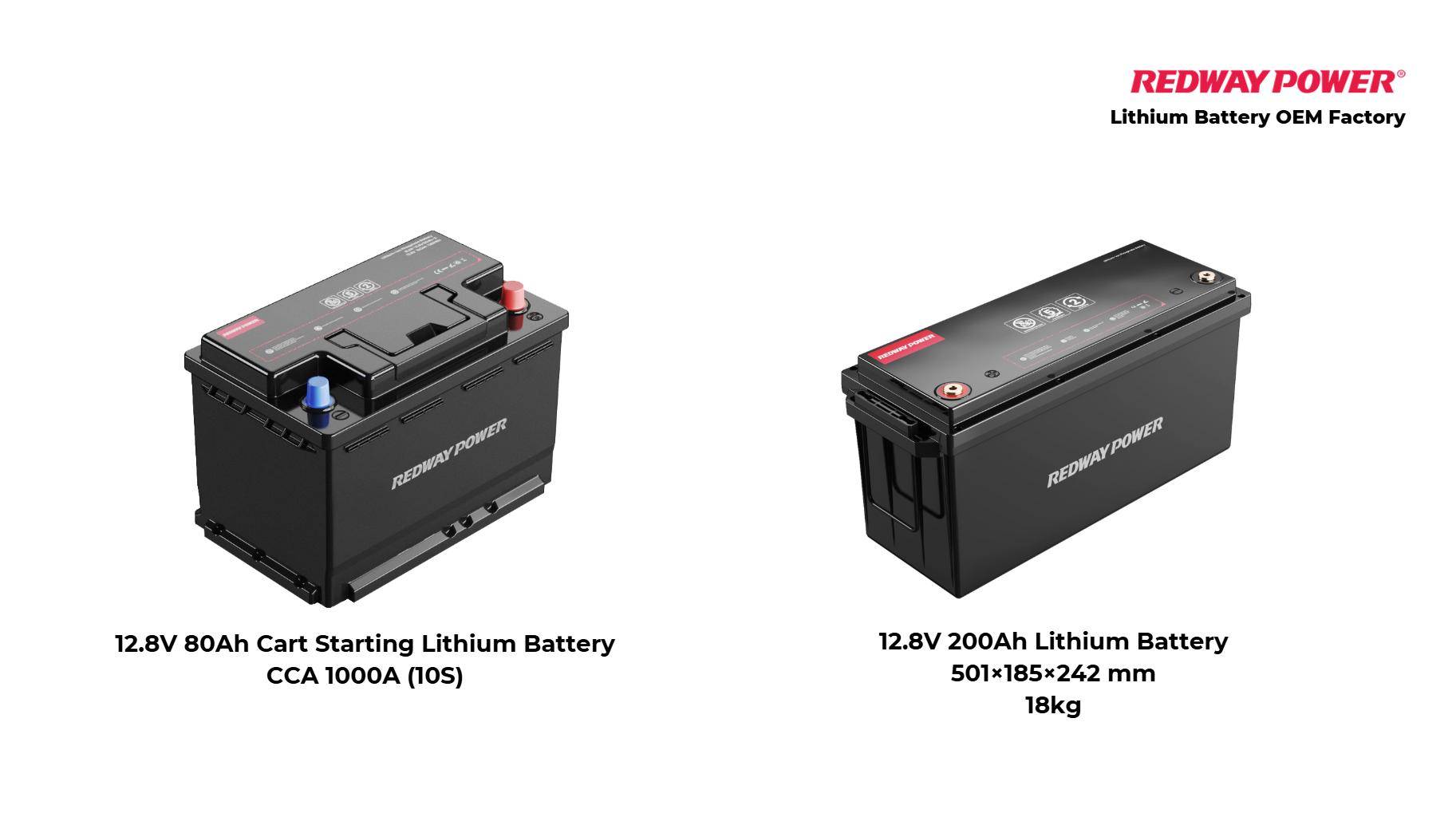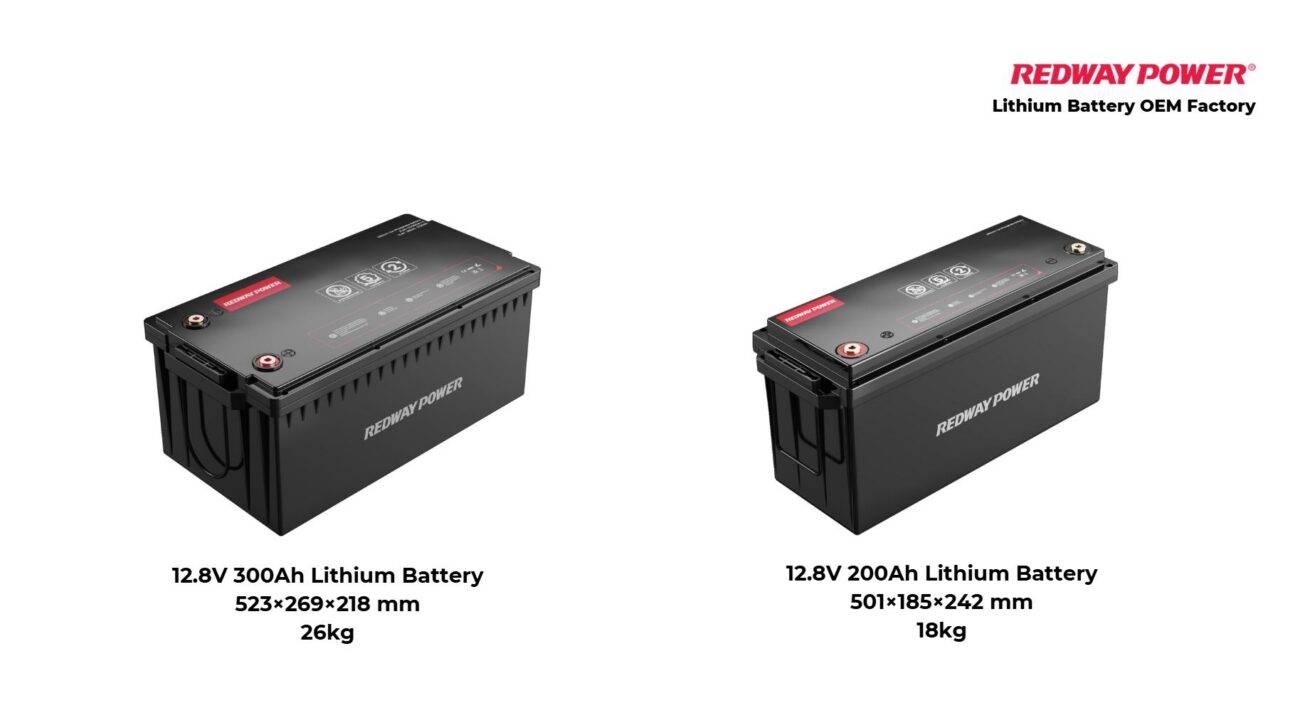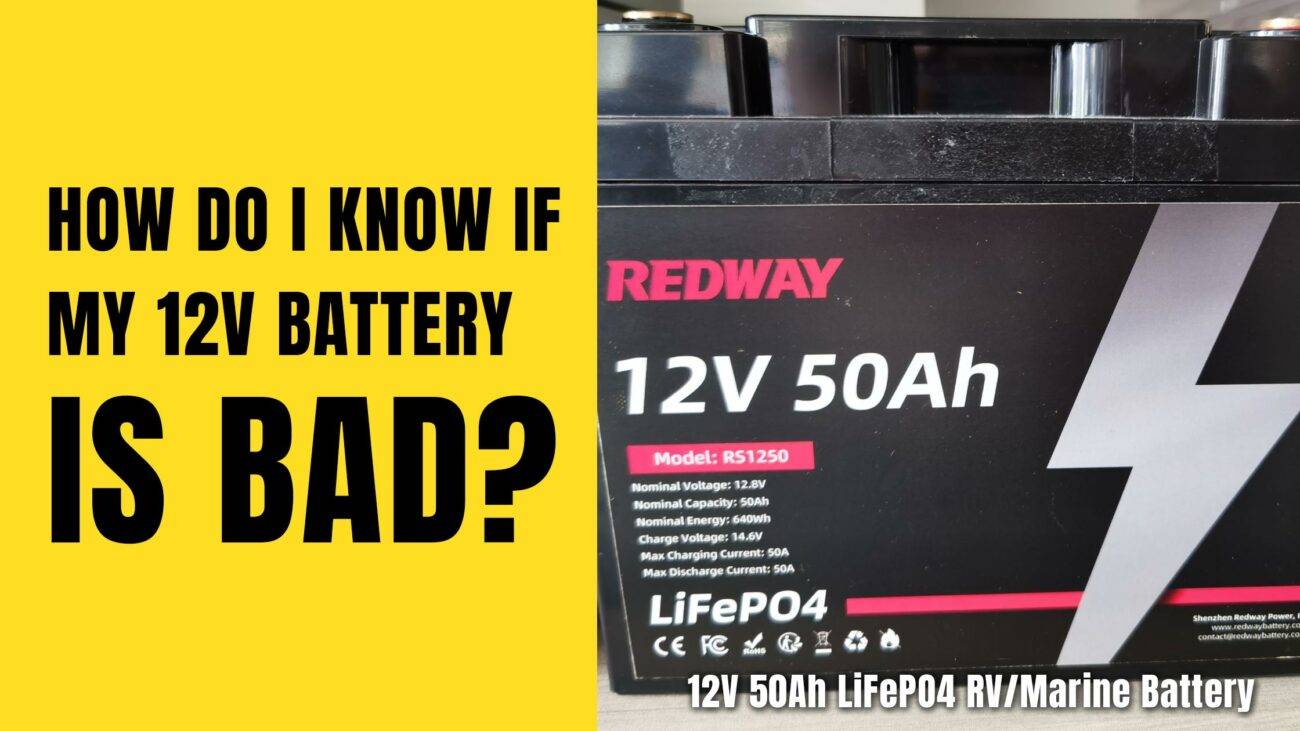- Lithium Golf Cart Battery
- Forklift Lithium Battery
-
48V
- 48V 210Ah
- 48V 300Ah
- 48V 420Ah (949 x 349 x 569 mm)
- 48V 420Ah (950 x 421 x 450 mm)
- 48V 456Ah
- 48V 460Ah (830 x 630 x 590 mm)
- 48V 460Ah (950 x 421 x 450 mm)
- 48V 460Ah (800 x 630 x 600 mm)
- 48V 460Ah (820 x 660 x 470 mm)
- 48V 500Ah
- 48V 560Ah (810 x 630 x 600 mm)
- 48V 560Ah (950 x 592 x 450 mm)
- 48V 600Ah
- 48V 630Ah
-
48V
- 12V Lithium Battery
12V 150Ah Lithium RV Battery
Bluetooth App | BCI Group 31
LiFePO4 Lithium
Discharge Temperature -20°C ~ 65°C
Fast Charger 14.6V 50A
Solar MPPT Charging - 24V Lithium Battery
- 36V Lithium Battery
- 48V Lithium Battery
-
48V LiFePO4 Battery
- 48V 50Ah
- 48V 50Ah (for Golf Carts)
- 48V 60Ah (8D)
- 48V 100Ah (8D)
- 48V 100Ah
- 48V 100Ah (Discharge 100A for Golf Carts)
- 48V 100Ah (Discharge 150A for Golf Carts)
- 48V 100Ah (Discharge 200A for Golf Carts)
- 48V 150Ah (for Golf Carts)
- 48V 160Ah (Discharge 100A for Golf Carts)
- 48V 160Ah (Discharge 160A for Golf Carts)
-
48V LiFePO4 Battery
- 60V Lithium Battery
-
60V LiFePO4 Battery
- 60V 20Ah
- 60V 30Ah
- 60V 50Ah
- 60V 50Ah (Small Size / Side Terminal)
- 60V 100Ah (for Electric Motocycle, Electric Scooter, LSV, AGV)
- 60V 100Ah (for Forklift, AGV, Electric Scooter, Sweeper)
- 60V 150Ah (E-Motocycle / E-Scooter / E-Tricycle / Tour LSV)
- 60V 200Ah (for Forklift, AGV, Electric Scooter, Sweeper)
-
60V LiFePO4 Battery
- 72V~96V Lithium Battery
- Rack-mounted Lithium Battery
- E-Bike Battery
- All-in-One Home-ESS
- Wall-mount Battery ESS
-
Home-ESS Lithium Battery PowerWall
- 24V 100Ah 2.4kWh PW24100-S PowerWall
- 48V 50Ah 2.4kWh PW4850-S PowerWall
- 48V 50Ah 2.56kWh PW5150-S PowerWall
- 48V 100Ah 5.12kWh PW51100-F PowerWall (IP65)
- 48V 100Ah 5.12kWh PW51100-S PowerWall
- 48V 100Ah 5.12kWh PW51100-H PowerWall
- 48V 200Ah 10kWh PW51200-H PowerWall
- 48V 300Ah 15kWh PW51300-H PowerWall
PowerWall 51.2V 100Ah LiFePO4 Lithium Battery
Highly popular in Asia and Eastern Europe.
CE Certification | Home-ESS -
Home-ESS Lithium Battery PowerWall
- Portable Power Stations
How Do I Know If My 12V Lithium Battery Needs to Be Replaced?

Monitoring the health of your 12V lithium battery is essential for ensuring reliable performance. Over time, batteries may show signs of decline that indicate it’s time for a replacement. In this article, we will outline the key indicators that signal when your lithium battery may be nearing the end of its lifespan.
Signs Your 12V Lithium Battery Needs Replacement
1. Voltage Readings
A critical sign of battery health is its voltage level:
- Under 12.6 Volts: A fully charged lithium battery should register around 12.6 volts or higher. If the voltage drops below this threshold, it may suggest that the battery is losing its ability to hold a charge. Specifically, a reading below 10.5 volts indicates that the battery is fully discharged and likely failing.
2. Age of the Battery
The age of your battery is a vital factor to consider:
- 3 to 5 Years: Lithium batteries typically have a lifespan ranging from 3 to 5 years, depending on usage and environmental conditions. If your battery is approaching this age range and you notice a decline in performance, it may be time to consider a replacement.
3. Difficulty Starting Devices
Performance issues can also indicate battery problems:
- Slow Cranking or Dimming Lights: If you experience slow engine cranking or dimming headlights, these symptoms often suggest a weak battery. Additionally, difficulty powering electrical devices or appliances can signal that your battery is nearing the end of its life.
4. Physical Inspection
Regular physical inspections can reveal potential issues:
- Visible Damage: Check your battery for any signs of physical damage, such as cracks, bulging, or corrosion on terminals. Any visible issues can compromise both the battery’s performance and safety.
5. Performance Monitoring
Erratic behavior in your electrical systems can indicate battery problems:
- Erratic Behavior: If you notice flickering lights or intermittent power supply to devices, these symptoms may suggest that the battery is failing and may need replacement.
6. Self-Discharge Rate
The self-discharge rate of your battery is an important metric:
- Excessive Self-Discharge: Lithium batteries have a low self-discharge rate, typically around 3% per month. If your battery is discharging significantly faster than this rate, it may indicate an underlying problem.
Testing Your Battery
To confirm any suspicions regarding your battery’s health, you can perform a straightforward test:
- Turn off all devices connected to the battery.
- Use a digital multimeter set to measure DC voltage.
- Connect the probes to the battery terminals and check the voltage reading.
If the voltage remains consistently low or you observe multiple symptoms from the list above, consulting a professional for further testing and potential replacement is advisable.
By keeping a close eye on these indicators and performing regular maintenance checks, you can ensure your lithium battery remains reliable and functional for your needs. Being proactive in monitoring your battery’s health can save you time, money, and inconvenience in the long run.
















